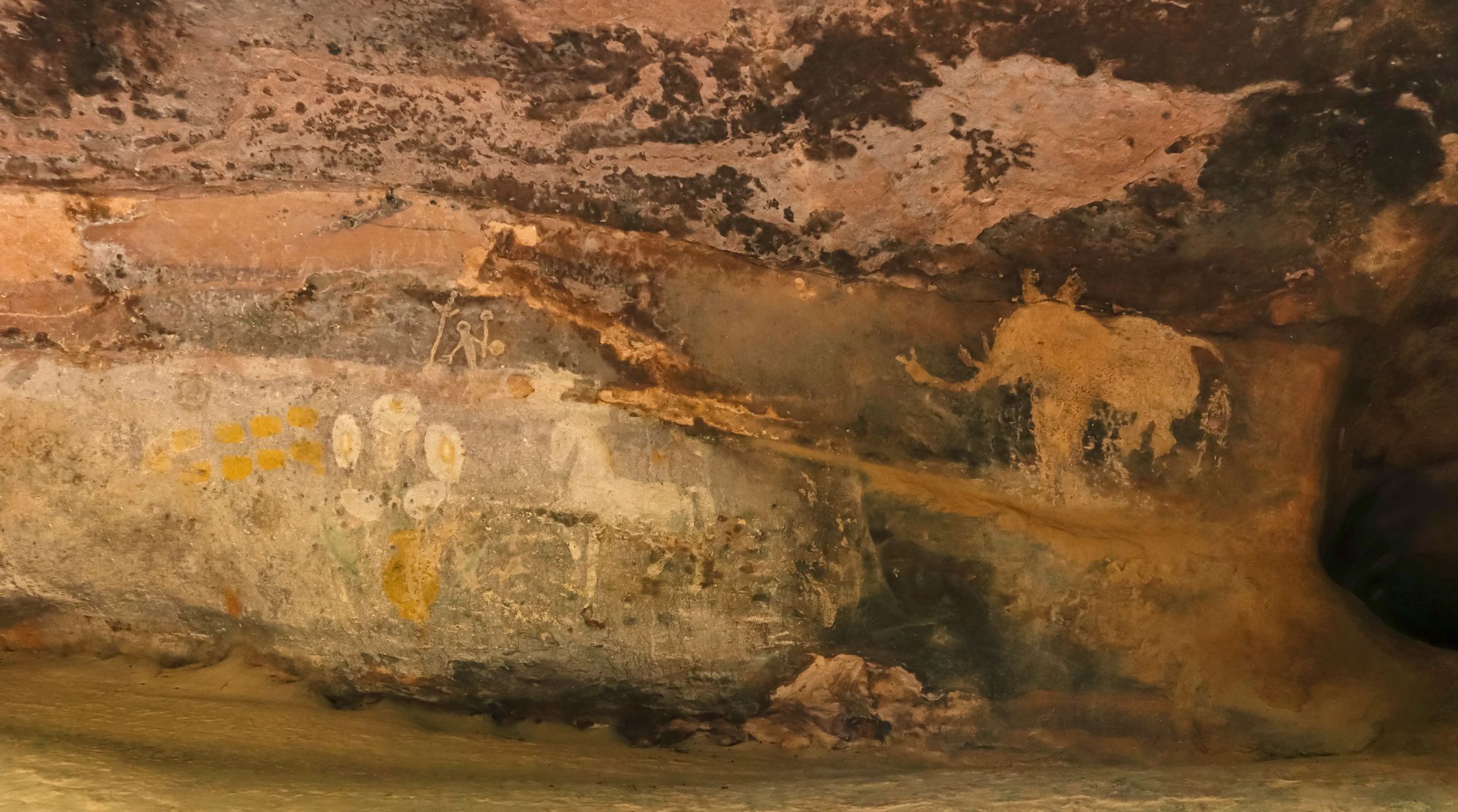
“
The Mesolithic Era, often called the Middle Stone Age, is a remarkable period that marks a vital transition between the hunter-gatherer societies of the Paleolithic and the agricultural communities of the Neolithic. In this article, we delve into 20 fascinating facts about the Mesolithic Era, revealing how it bridged two pivotal epochs in human history.1
1
”
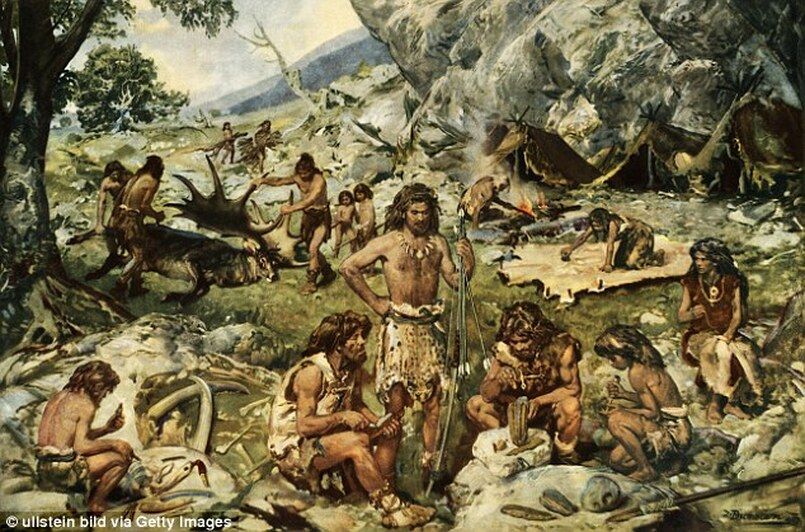
The Mesolithic era, known as the Middle Stone Age, spans from around 10,000 BCE to 8,000 BCE, acting as a pivotal bridge between the rugged Paleolithic and the transformative Neolithic periods.
Following the last Ice Age, this era welcomed warmth and flourishing biodiversity, transforming icy landscapes into lush forests and rich wetlands, a paradise for early human societies. 1
As the climate warmed, Mesolithic people transitioned from a nomadic lifestyle to semi-permanent camps, often located near rivers and lakes, fostering a sense of community and stability. 2
The hallmark of Mesolithic technology was microlithic tools—tiny, often serrated blades that could be combined into powerful composite tools, such as arrows and harpoons, revolutionizing hunting and gathering.3
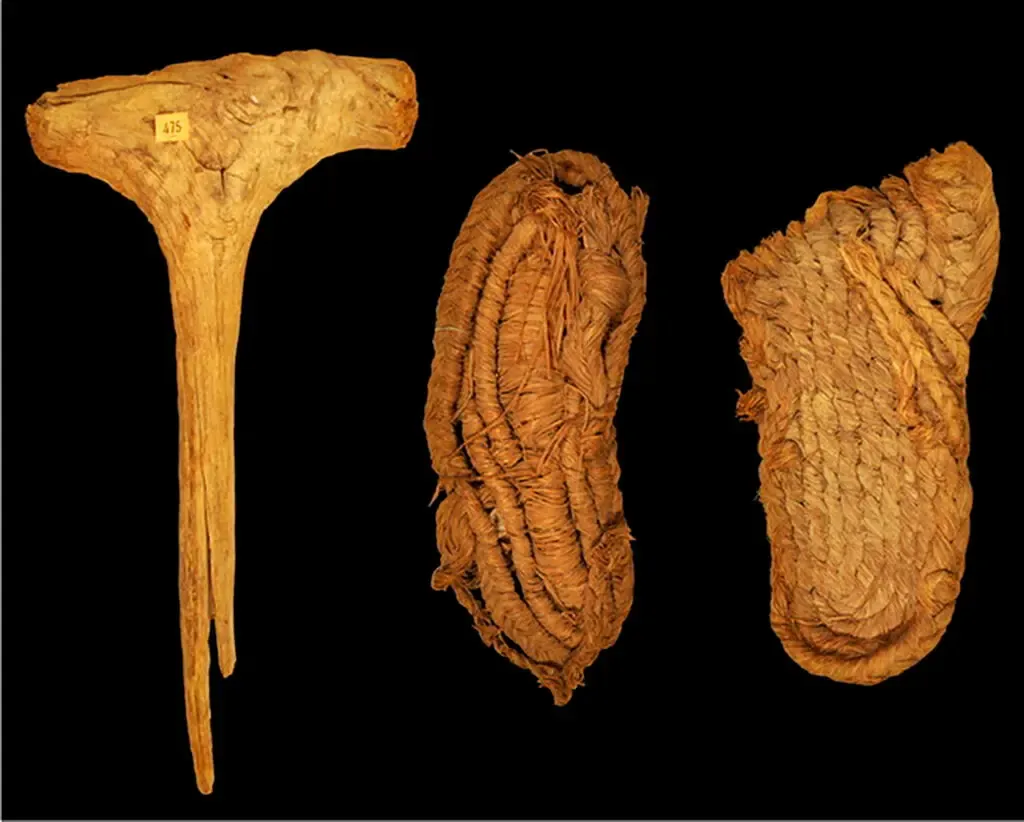
Weaving techniques were used to craft shoes and intricately designed baskets, often adorned with dyes. Notable examples were discovered in Cueva de los Murciélagos in Southern Spain, which were dated to approximately 9,500 years ago in 2023.
The Mesolithic diet was a colorful feast, featuring fish, shellfish, nuts, seeds, and wild fruits, showcasing a growing knowledge of local ecosystems and the abundance they offered. 4
The Mesolithic era thrived on creativity, with cave paintings, carvings, and portable art that reflected spiritual beliefs and individual identities, offering glimpses into the souls of its people. 5
While full domestication flourished later, the Mesolithic era marked the early stages of animal domestication, particularly with dogs, companions in both work and play. 6
The emergence of pottery towards the end of the Mesolithic allowed for improved food storage and cooking techniques, laying a crucial foundation for the Neolithic revolution.7
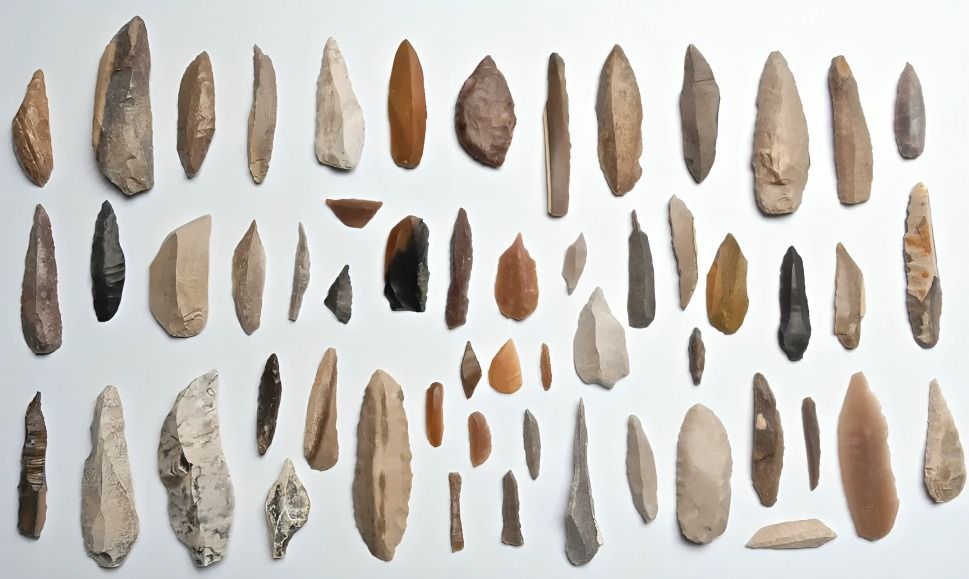
With advancements in technology, tool specialization increased, giving rise to specific implements designed for woodworking, hunting, and food preparation.
The layout of Mesolithic camps suggests a well-thought-out organization, with designated areas for living, tool-making, and food preparation, reflecting a burgeoning sense of community.8
Archaeological evidence of burial sites reveals evolving spiritual beliefs and social hierarchies, as grave goods highlight the importance of individuals within their communities. 9
In 1938, the skeletons of two women, aged 25 to 35 and dated between 6740 and 5680 BP, were found at Téviec, France. Both skeletons exhibited evidence of violent deaths, shedding light on the societal conditions of the Mesolithic era. 10
The innovations of the Mesolithic period laid the groundwork for the Neolithic era, paving the way for the rise of agriculture and permanent settlements that would forever alter human society. 11
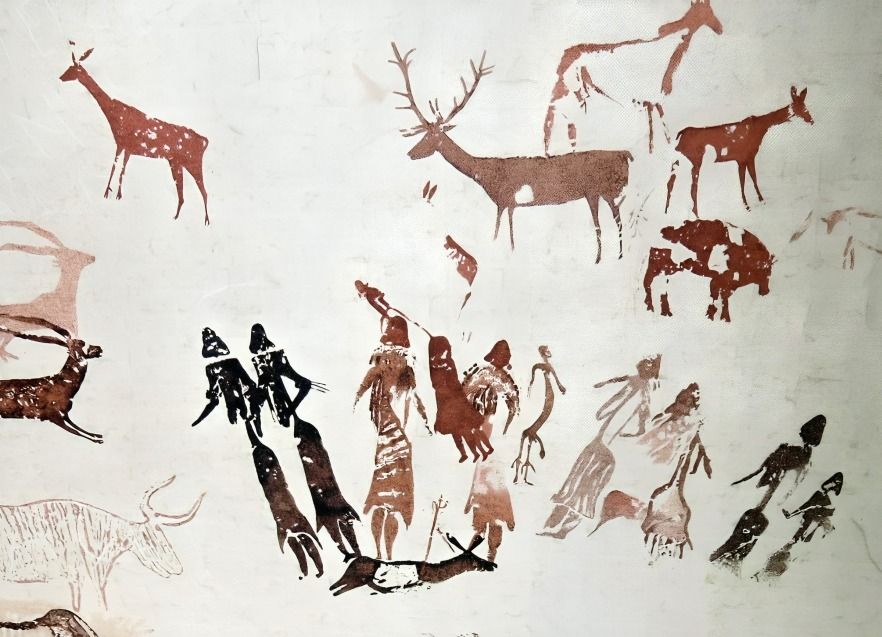
Several remarkable Mesolithic rock art sites are located along the Mediterranean coast of Spain. Painted scenes often feature the human figure as the central theme, typically depicted running towards animals in hunting scenarios.
During the Palaeolithic era, life revolved around a hunting and gathering lifestyle; however, this began to shift in the Mesolithic Age. As the Mesolithic period progressed, the development of agriculture significantly transformed people's way of life.12
Ceramic art flourished during the Mesolithic Age, especially among the Jomon people of Japan. Renowned for their sophisticated ceramic pots, the Jomon crafted various handicrafts. 13
In 1903, a Mesolithic skeleton known as Cheddar Man was discovered at Gough's Cave in Cheddar Gorge, Somerset, during drainage improvements. This find has greatly contributed to our understanding of Mesolithic human appearance. 14
The emergence of small cemeteries like the one in Skateholm highlights the evolving social structures and beliefs of that time. The combination of inhumation and cremation suggests a diversity in ritual practices. 15
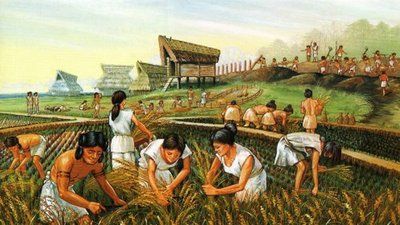
The final period of the Mesolithic era saw a significant shift as people began to experiment with agriculture and pastoralism. This transition from a hunter-gatherer lifestyle to more settled practices laid the groundwork for the Neolithic revolution.


